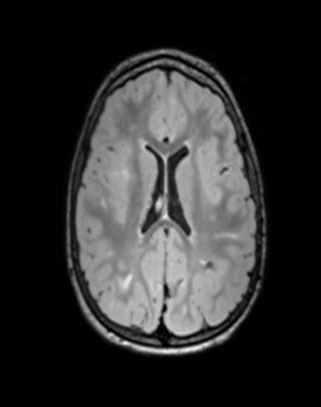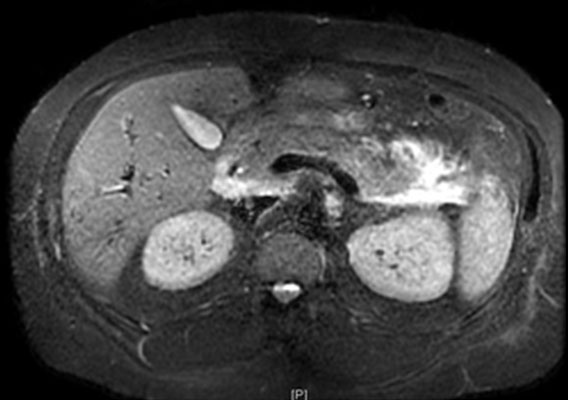 |
Case Report
Syncope: Chief complaint for spontaneous coronary artery dissection without other signs of acute coronary syndrome
1 Mon Health Medical Center, 1200 JD Anderson Drive, Morgantown, WV 26508, USA
Address correspondence to:
Christopher Robert Chew
Mon Health Medical Center, 1200 JD Anderson Drive, Morgantown, WV 26508,
USA
Message to Corresponding Author
Article ID: 100096Z06CC2021
Access full text article on other devices

Access PDF of article on other devices

How to cite this article
Chew CR, Singh A. Syncope: Chief complaint for spontaneous coronary artery dissection without other signs of acute coronary syndrome. Case Rep Int 2021;10:100096Z06CC2021.ABSTRACT
Introduction: Spontaneous coronary artery dissection is an exceptionally rare cause of acute coronary syndrome (ACS) with a reported incidence of 1–4% of all ACS cases. It is most prevalent in young women with the left anterior descending artery and left main are the most common arteries involved.
Case Report: The patient is a 75-year-old man with a prior medical history of hypertension, gastroesophageal reflux disease (GERD), and pulmonary fibrosis presented to the emergency department (ED) with syncope. The patient reported a burning sensation over the central chest different from his GERD. On physical exam, the patient had a 3/6 holosystolic murmur throughout the left pericardium. His laboratory workup was benign with negative troponins and normal electrocardiogram (EKG). Chest X-ray during this time revealed no acute processes and computed tomography angiography (CTA) of the chest was positive for a 4.1 mm fusiform ascending aortic aneurysm. 2D Echo revealed new cardiomyopathy with ejection fraction (EF) of 35–40% with trivial mitral regurgitation (MR) and mild aortic regurgitation. Left heart catheterization revealed left main stenosis of 75%, left anterior descending (LAD) with ostial stenosis of 80% and 30% stenosis of the left circumflex and right coronary artery (RCA). The LAD had a proximal eccentric plaque which under intravascular ultrasound (IVUS) revealed a dissection. The patient underwent a coronary artery bypass grafting (CABG) and did well until discharge home. His postoperative course was complicated by new onset of atrial fibrillation/flutter. The patient was discharged to rehab with Eliquis, baby aspirin, Coreg, and Digoxin.
Conclusion: Our case is unique in view of the unconventional age group, gender, and odd symptomatology. We hope to increase the awareness among medical practitioners for this high morbidity diagnosis if not identified correctly.
Keywords: Asymptomatic, Atherosclerosis, Spontaneous coronary artery dissection
SUPPORTING INFORMATION
Author Contributions
Christopher Robert Chew - Substantial contributions to conception and design, Acquisition of data, Drafting the article, Revising it critically for important intellectual content, Final approval of the version to be published
Abhijai Singh - Substantial contributions to conception and design, Revising it critically for important intellectual content, Final approval of the version to be published
Guaranter of SubmissionThe corresponding author is the guarantor of submission.
Source of SupportNone
Consent StatementWritten informed consent was obtained from the patient for publication of this article.
Data AvailabilityAll relevant data are within the paper and its Supporting Information files.
Conflict of InterestAuthors declare no conflict of interest.
Copyright© 2021 Christopher R Chew et al. This article is distributed under the terms of Creative Commons Attribution License which permits unrestricted use, distribution and reproduction in any medium provided the original author(s) and original publisher are properly credited. Please see the copyright policy on the journal website for more information.





